Anton Chekhov’s “The Wood Demon,” completed in October 1889 and performed in Moscow two months later, was a flop. Eight years later, having revised the play, Chekhov submitted “Uncle Vanya” to the Moscow Art Theater. It was a hit.
In the early work, the protagonist — Mikhael Lyovich Khrushchov, “a landowner with a degree in medicine” — serves as the voice of the author (himself a doctor) in his passionate defense of the forests of Russia: “The Russian forest shudders before the almighty ax. Billions of trees are lost, animals and birds are driven from their homes, rivers dry up and magnificent scenery is lost, never to be seen again…” In “Uncle Vanya,” the advocate of Russia’s woodlands is Mihael Lyovitch Astrov, a doctor who devotes his spare time to making maps that show “a picture of gradual and unmistakable degeneration.…”
Now Russian forests are burning at a rate never seen before. “A heat wave thawed Siberia’s tundra. Now, it’s on fire,” read the headline of a July 6 National Geographic article by Madeleine Stone. The subhead spelled out the reason: “A relentless, climate change-driven heat wave has caused a rash of fires on land normally too frozen to burn.” In Sweden, wildfires burned from the Arctic Circle to the Baltic Sea, and a report filed by the Aid & International Development Forum summed up “Wildfires are causing catastrophic damage across Europe.”
In the western hemisphere, on Aug. 8 CNN reported, “Firefighters across three Western states are battling wildfires that have destroyed more than 90,000 acres,” while three days later the headline of a Guardian report by Dom Phillips stated: “Brazil experiences worst start to Amazon fire season for 10 years,” with more than 10,000 blazes seen in the first two weeks of August, a 17% rise on last year.”
So it went in the blazing summer of 2020. The relevance of inhaling the smoke of wildfires to human health, including childrens’ immune systems, had been made clear in reporting last year. This year the story moved on to the connection between the exposure to air pollution and coronavirus death rates. Thus, it was surprising that, this past March, the EPA decided to relax environmental rules, using the coronavirus pandemic as an excuse, “allowing power plants, factories, and other facilities to determine for themselves if they are able to meet legal requirements on reporting air and water pollution,” as New York Times reporter Lisa Friedman noted in an April 7 article headed “New Research Links Air Pollution to Higher Coronavirus Death Rates.” Friedman quotes Gina McCarthy, former head of the EPA, now president of the Natural Resources Defense Council, as calling the move “an open license to pollute.”
On Aug. 13, a Guardian headline summed up the findings of a study by Britain’s Office for National Statistics: “Exposure to air pollution may increase risk of COVID death.” Four days later, the Trump administration announced that it had finalized a plan to open up part of the Arctic National Wildlife Refuge in Alaska to oil and gas development, a decision that, as the Times’ headline explained, “overturns six decades of protections for the largest remaining stretch of wilderness in the United States.” Surely this plan can be construed as Trump’s bid to qualify for membership in the exclusive Club of Environmental Killers headed by Bolsonaro of Brazil and Modi of India, where, as an Aug. 8 Guardian headline stated, “40 new coalfields in some of India’s most ecologically sensitive forests are to be opened up for commercial mining.”
And so, unless they can be stopped, poof! goes our species.
Jon Swan is a poet, journalist and former senior editor of the Columbia Journalism Review. His poems and articles on environmental issues can be found at www.jonswanpoems.com.


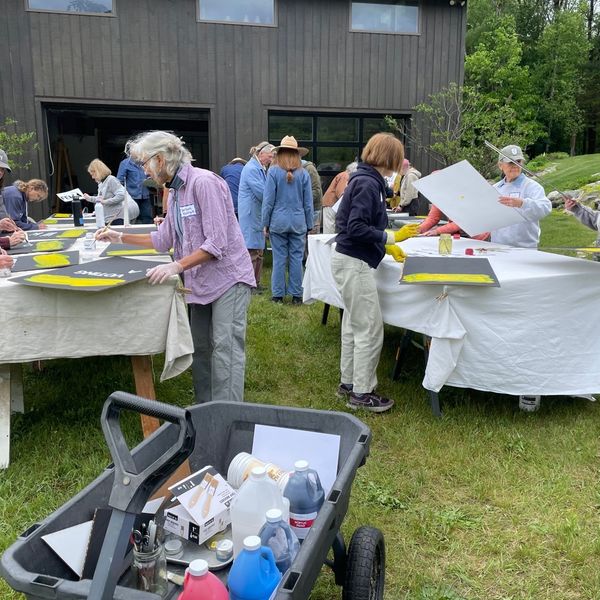
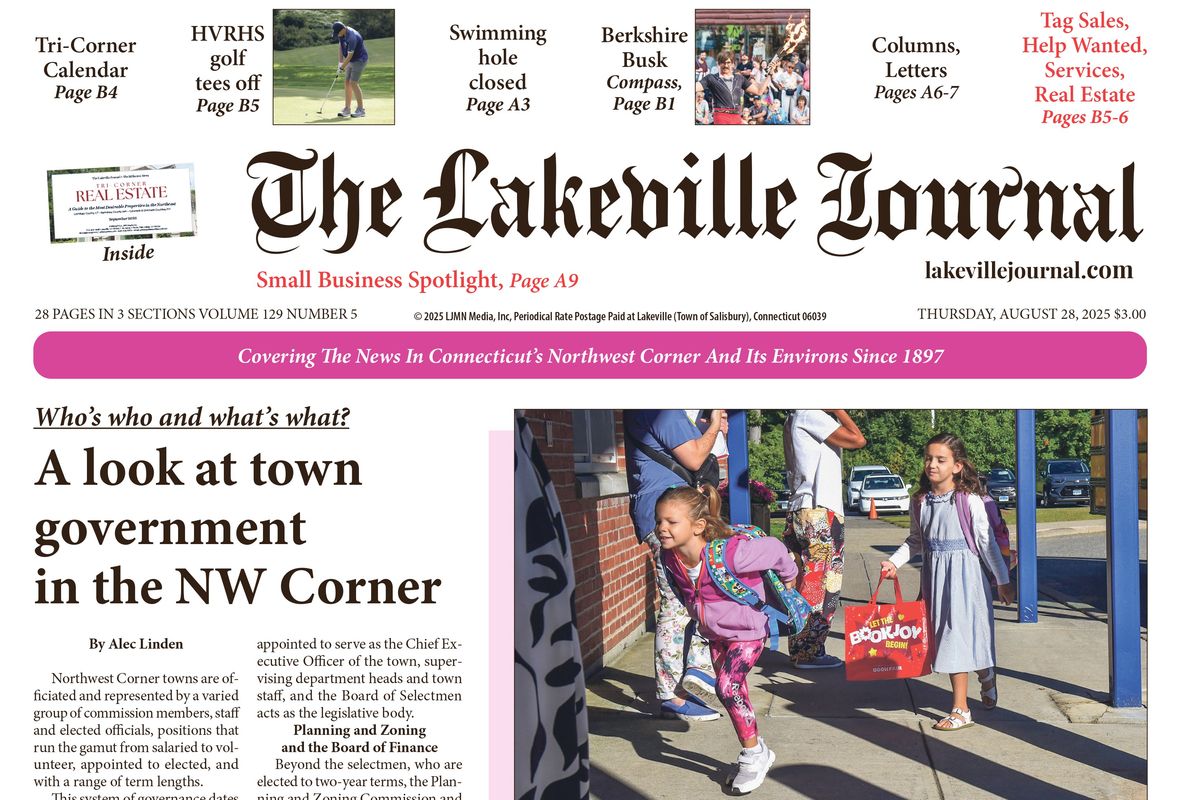


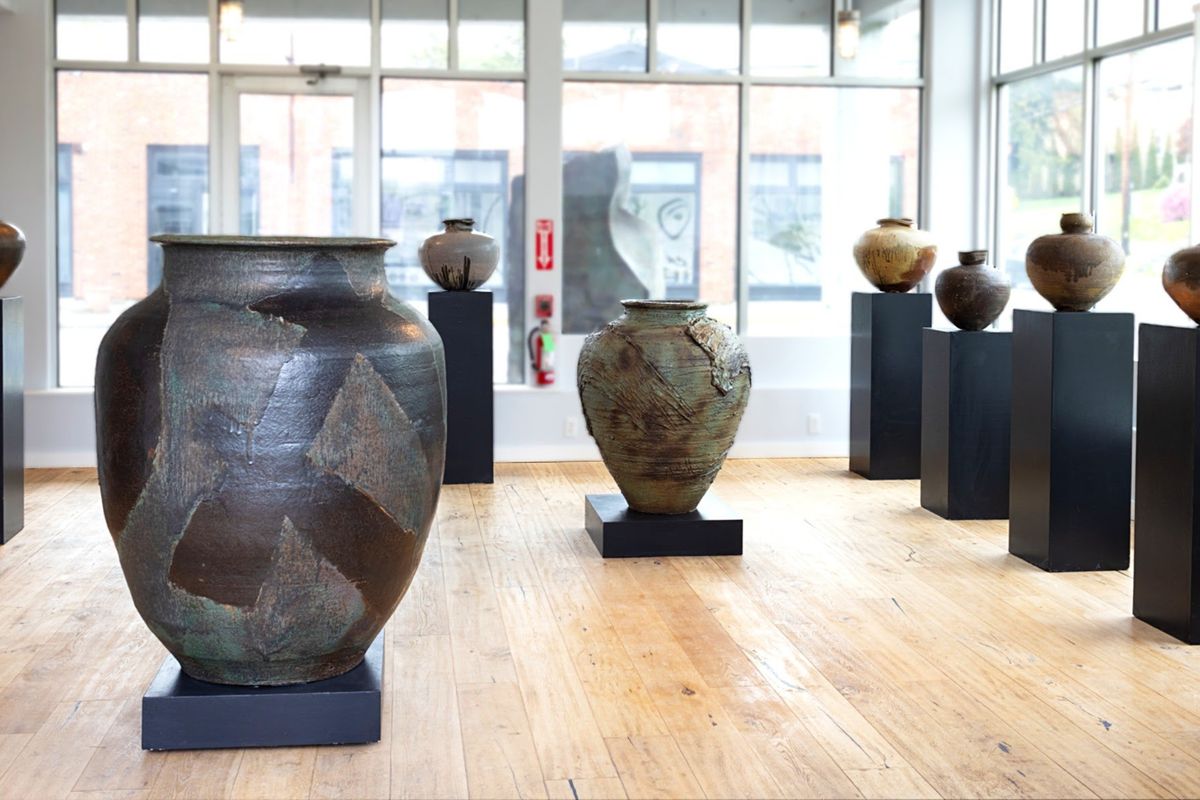
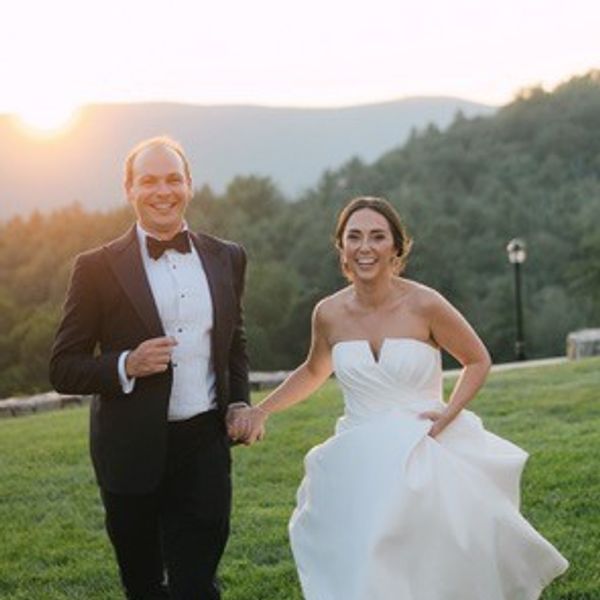


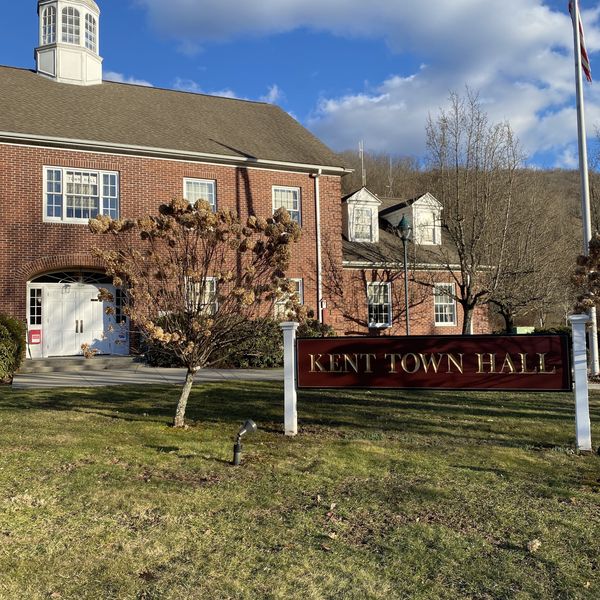
Chekhov’s ‘Wood Demon’ and the world on fire